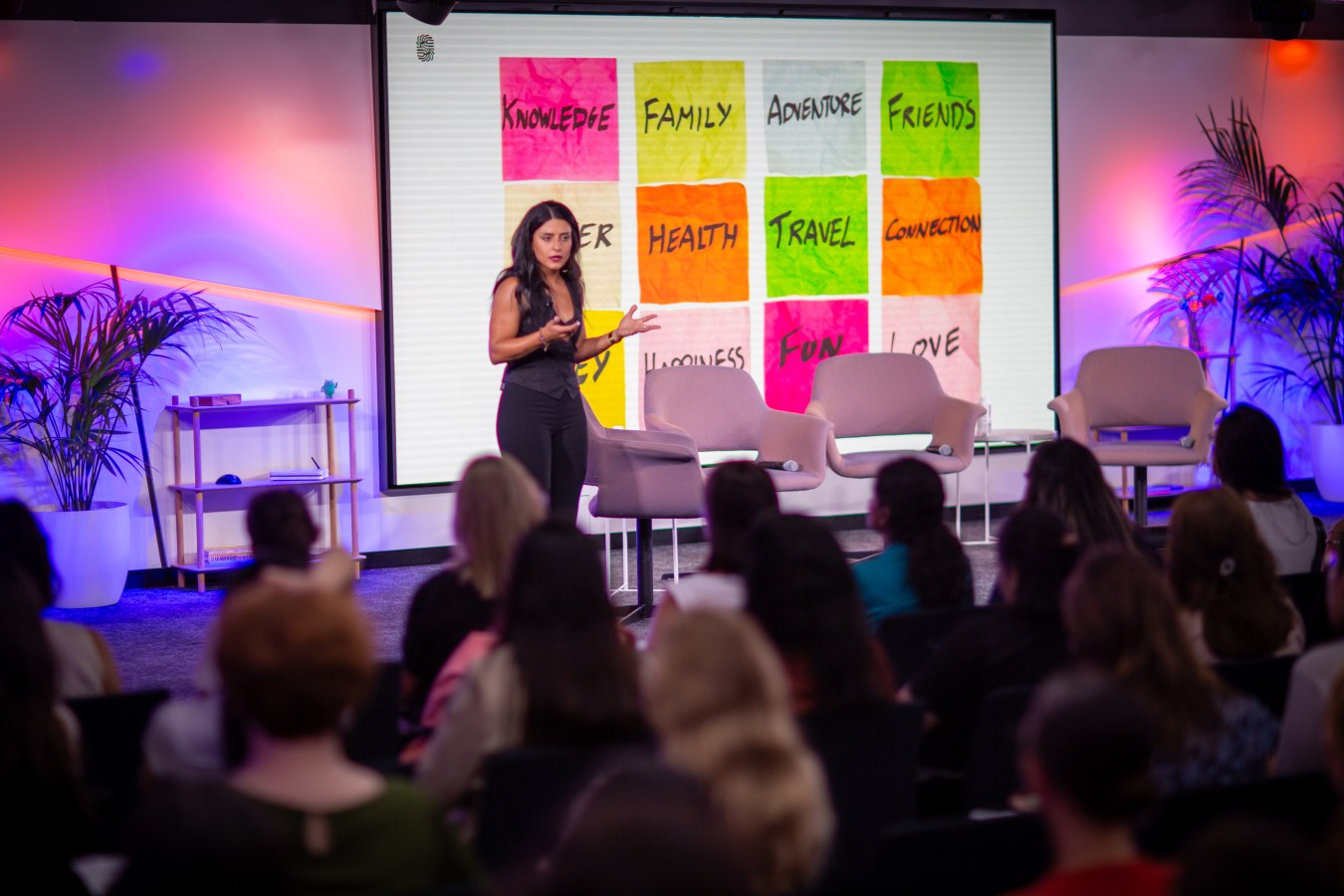Business Group Director for Modern Work and Surface at Microsoft Australia and New Zealand, Jane Mackerell, thinks leaders can key into the work culture of tomorrow by paying attention to these three buzzy phrases.

A sheer amount of change has happened in the workplace over the past year.
This spans everything from increased face time in the office, to greater expectations on how we collaborate and deliver value when in-person, to navigating ongoing demands for flexibility in a post-pandemic world.
Alongside this, there are new generative AI tools that have come to life which promise to fundamentally change how employees work and make them more productive and fulfilled in their jobs.
With all these shifts, a new language has emerged which offers insight into both the challenges and opportunities ahead.
From JOMO (joy of missing out) to the triple peak workday, to several terms that reveal a much more authentic culture fostered by the transparency employees experienced during the pandemic – as they welcomed colleagues into their homes on virtual calls.
Three terms stand out to me for their impact in driving change: goblin mode, prompting and asynchronous collaboration.
Goblin mode
Named the 2022 Word of the Year by Oxford, goblin mode is defined as “a type of behaviour which is unapologetically self-indulgent, lazy, slovenly, or greedy, rejecting social norms or expectations.”
However, TikTok influencers have flipped goblin mode to make it a rejection of the glossy Instagram era. You might have seen them apply it to work too – which I see in a very positive light.
Being empowered in Goblin mode is all about feeling free to bring your whole self to work. It might mean joining a video meeting in a T-shirt and hoodie, with tussled hair or no makeup on, or while walking your dog.
It rejects workplace expectations for appearance and shifts the value to a person’s contributions, impact, and ideas.
Embracing goblin mode could be considered a business imperative.
When leaders create cultures where people feel free to be themselves, they also lay the groundwork for authentic interactions that help employees develop stronger relationships with each other—which in turn leads to higher productivity and better wellbeing.
Prompting
If you’ve played around with Dall-E 2 or ChatGPT, you’ve experienced the power of generative AI. The fast-paced development of this new technology has resulted in a new term being thrown around – prompt.
It’s not about being on time. This is about a fundamentally new way that we will interact with computers.
With generative AI, we will now ‘prompt’ in natural language (our everyday speak) to have AI systems help us write emails, summarise meeting notes, and produce presentations.
There’s even talk about new roles called ‘prompt engineers’ who will work to improve generative AI tools to become more natural and more accurate.
For those that have played around with these systems already, it’s clear that the value you get from AI is only as good as what you put in. Simple prompts will result in simple answers.
But sophisticated, thought-provoking questions will result in more complex analysis and bigger ideas. The value will shift from employees who have all the right answers to employees who know how to ask the right questions.
In this new era of AI, I’m reminded of the importance of embracing failure. Fostering a culture where experimentation and learning are viewed as a prerequisite to progress will enable us to adapt to the changes that AI will bring, faster and more effectively than if we don’t.
We must embrace the fact that AI won’t get it right every time, but even when it’s wrong, it’s usefully wrong. It moves you at least one step forward from a blank slate so knowledge workers can jump into the critical thinking work of reviewing, editing, or augmenting what the AI produces.
I’m still learning how to prompt effectively to get what I need from AI, but it’s an interesting behavioural shift and one I know will become the natural way we interact with computers soon.
Asynchronous collaboration
Hours worked, workday span and time spent in meetings have steadily increased over the past few years. It’s now easier than ever to communicate but harder than ever to keep up.
In Microsoft’s most recent Work Trend Index, it was revealed that meetings are the number one productivity inhibitor, and compared to before the pandemic, people are in three times more Teams meetings and calls per week.
It’s no surprise then that 68 per cent of Australians feel they don’t have enough uninterrupted focus time during their week, thanks to the meeting culture that is taking us away from the work that excites us – or what I like to call, the ‘soul of work’.
Emerging through the shift to hybrid work, asynchronous collaboration is about enabling people to work seamlessly across time and space, and changes how we view meetings and how we collaborate.
In my experience this approach unlocks new levels of potential for individuals and avoids an “always on” culture that can lead to burnout.
AI is fundamental to enabling asynchronous collaboration, turning every meeting into an enduring digital artefact that makes them more than a point in time.
It means you don’t necessarily need to attend at the same time as others, and you can engage and interact with meetings differently.
This could be with AI-powered meeting recaps, transcripts, and recordings, as well as asking AI what questions were asked or what the update was from a certain colleague – without listening to the whole recording.
There are many other terms creeping into our office language, but it seems all of them are centred around our desire to balance ambition and impact with wellbeing and authenticity.
Now more than ever as we start to see generative AI tools shift how we work; employers and employees alike must keep wellbeing front and centre so that these tools help us do less of the mundane tasks and more of the work that excites each of us.
I’m intrigued how our work language will continue to evolve as we adopt more AI capabilities into our day.
Will we see the role of the ‘prompt engineer’ emerge? Will we start to call our computers our intern? Will we start to enter the Metaverse for work and use new language reflecting the unique ways it offers for collaboration?
Look back on the week that was with hand-picked articles from Australia and around the world. Sign up to the Forbes Australia newsletter here.


